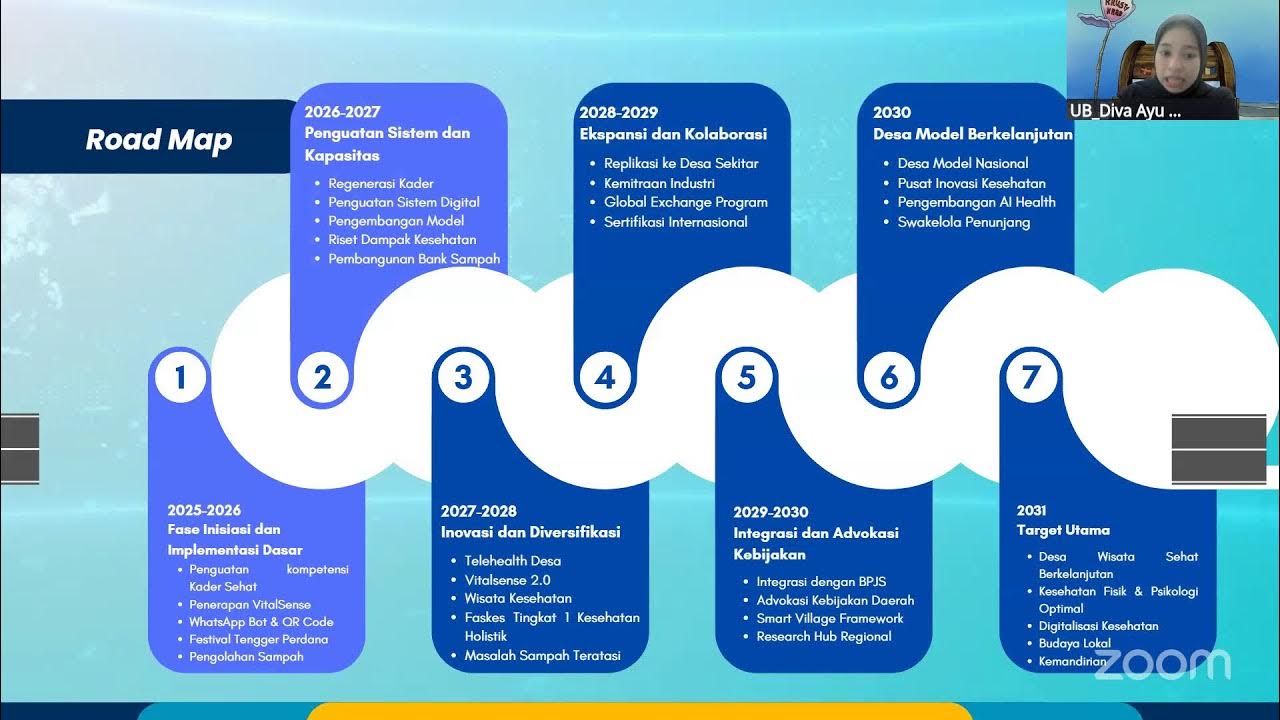reProLeather: Regenerating Bio-based Leather from Leather Waste
Summary
TLDRThis project focuses on addressing the environmental and health issues caused by conventional leather production, specifically chromium-6 toxicity. It introduces a sustainable leather recycling process that transforms post-consumer leather products into regenerated leather sheets. The process involves shredding leather, separating fibers, and binding them using biodegradable, bio-based binders such as sugar or protein. Chromium is retained in its safer form, chromium-3, and the resulting leather is both water-resistant and biodegradable. This innovation reduces the demand for virgin hide, creating a sustainable, eco-friendly leather recycling system.
Takeaways
- 🔬 Chrome tanning is a key process in leather production, but the toxic chromium-6 generated poses significant health and environmental concerns.
- 🌱 Chromium compounds, particularly chromium-6, can damage both the environment and living beings.
- ♻️ Traditional leather recycling often uses synthetic materials like PU and PVC, which are neither biodegradable nor recyclable.
- 🔧 A new sustainable system has been developed to separate, categorize, and recycle post-consumer leather into raw materials for new products.
- 🧩 The recycling process involves shredding whole leather products into small pieces, followed by separation processes to obtain high-purity leather fibers.
- 🚮 Free chromium is removed by converting it into a soluble salt or complex compound during the recycling process.
- 🧬 Leather fibers are bound together using bio-based, environmentally friendly binders like sugar or protein, under mild conditions.
- 🛡 The recycling process retains chromium as chromium-3, minimizing its conversion to the more harmful chromium-6.
- 💪 A protein fiber skeleton is added during leather formation to improve the strength and durability of the regenerated leather.
- 🌍 The process results in water-resistant, biodegradable leather sheets, reducing the demand for virgin hides and promoting a sustainable, circular economy.
Q & A
What is the primary environmental concern associated with chrome tanning in leather production?
-The primary concern is the conversion of free chrome into toxic chromium-6, which poses significant health, safety, and environmental risks.
Why is chromium-6 a major issue in leather production?
-Chromium-6 is harmful because it can damage the environment and negatively affect the health of living beings, making it a significant concern for sustainability and safety.
How does conventional leather recycling contribute to environmental issues?
-Conventional leather recycling often uses synthetic materials like PU and PVC to bind shattered leather waste, which are neither biodegradable nor recyclable, thus contributing to environmental pollution.
What sustainable solution is presented in the project to address leather recycling issues?
-The project has developed a sustainable system that separates, categorizes, and recycles post-consumer leather products into useful raw materials, creating sheets of regenerated leather.
What are the two main steps in the sustainable leather recycling process described in the project?
-The two main steps are shredding whole leather products into small pieces, and then separating and purifying leather fibers to obtain high-quality material for regeneration.
How is free chromium managed during the recycling process?
-Free chromium is removed by transforming it into a soluble salt or complex compound, minimizing the conversion to harmful chromium-6.
What environmentally friendly materials are used to bind leather fibers during the recycling process?
-Bio-based binders such as sugar or protein are used under mild conditions to restructure and interconnect the collagen fibers.
How does the process ensure that chromium-6 is not produced during recycling?
-The process retains chromium in its safer chromium-3 form, reducing the risk of it converting to chromium-6.
What is added to the regenerated leather to improve its mechanical strength?
-A protein fiber skeleton is applied during the formation of regenerated leather to enhance its mechanical strength.
What are the environmental benefits of the regenerated leather produced by this process?
-The regenerated leather is water-resistant, biodegradable, and recyclable, reducing the demand for virgin hide and creating a sustainable cycle for leather products.
Outlines

このセクションは有料ユーザー限定です。 アクセスするには、アップグレードをお願いします。
今すぐアップグレードMindmap

このセクションは有料ユーザー限定です。 アクセスするには、アップグレードをお願いします。
今すぐアップグレードKeywords

このセクションは有料ユーザー限定です。 アクセスするには、アップグレードをお願いします。
今すぐアップグレードHighlights

このセクションは有料ユーザー限定です。 アクセスするには、アップグレードをお願いします。
今すぐアップグレードTranscripts

このセクションは有料ユーザー限定です。 アクセスするには、アップグレードをお願いします。
今すぐアップグレード関連動画をさらに表示

Blok Elektif Manajemen K3 - Penyakit Akibat Kerja - Dr. H. Said Usman, S.Pd., M.Kes.

What makes us get sick? Look upstream | Rishi Manchanda

Roll-out ZEDU-1: emissionsfrei unterwegs in die Zukunft ohne Feinstaub und Mikroplastik

Simulasi Presentasi Genera-Z Berbakti Bank BCA Universitas Brawijaya (UB) 2025

Cultivo agroecológico vs cultivo convencional - TvAgro por Juan Gonzalo Angel Restrepo

Toxicologia 🧫🧪
5.0 / 5 (0 votes)
